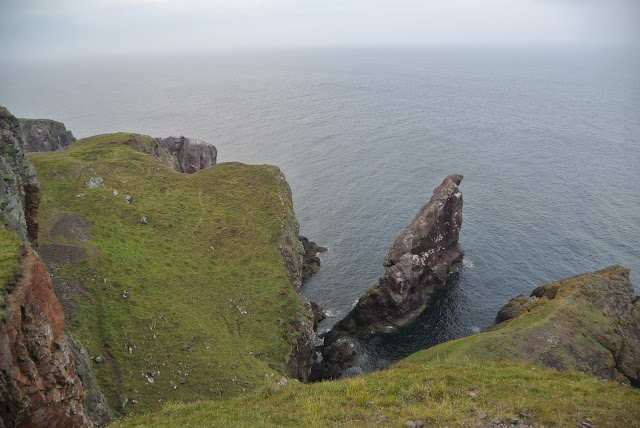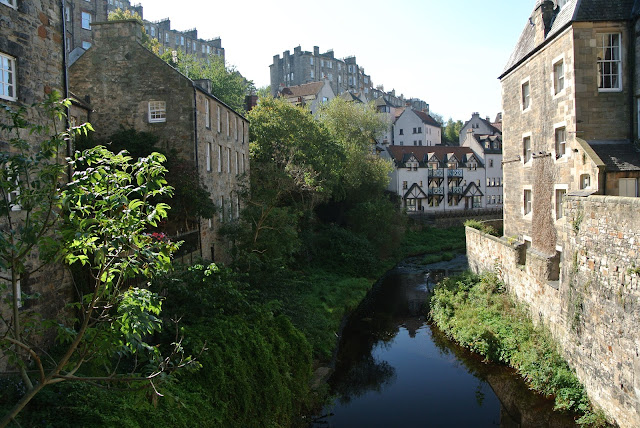During this visit south we were taken out on a
sight-seeing drive which took us over the border into England. We crossed into
Northumberland the northernmost county of England via the 200-year-old Union
Chain Bridge suspension bridge, the oldest surviving iron suspension bridge in
Europe, which spans the River Tweed between Horncliffe, Northumberland and Fishwick, Berwickshire.
Our brief visit to England included two stops ~
Norham Castle and Berwick-upon-Tweed.
Norham Castle located on the English side of the
border, is a Grade I listed building and a Scheduled Ancient Monument dating
back to the 12th century. The castle saw much action during the wars
between England and Scotland.
Berwick upon Tweed just 3 miles from the Scottish
Border, a coastal town with sandy beaches and beautiful riverside walks This peaceful town is now a far cry from its turbulent past; captured or
sacked 13 times before finally falling into English hands in 1482, Berwick’s
great Elizabethan walls were built to keep invading Scots from entering the
town. We walked part of the defending walls, taking in the spectacular views across
the River Tweed estuary and of Berwick’s three bridges, including the iconic
Royal Border Bridge, built by Robert Stevenson, one of the finest bridges of
its kind in the world. From 1881, the town was home to The King's Own Scottish
Borderers, where today the Regimental Museum is located in the Berwick Barracks.
Back into what some would describe as the better
side of the English/Scottish divide, we continued with stops at Eyemouth and St. Abbs ~
 |
A Dry Stane Dyke separating farmers fields along
the border
|
Next ~ Scotland 2019 part 6 ~ "Largs and Nardini's”







































































